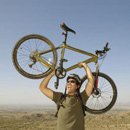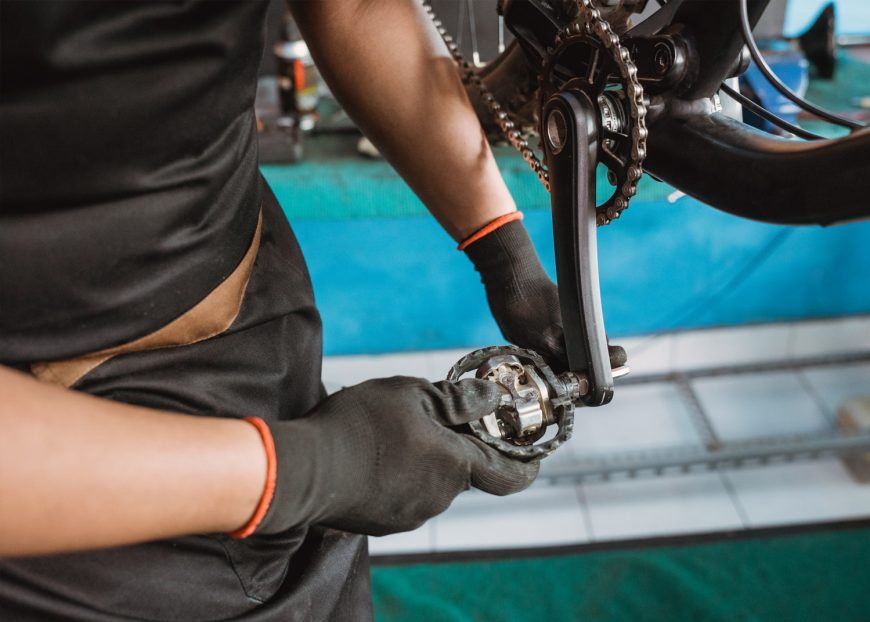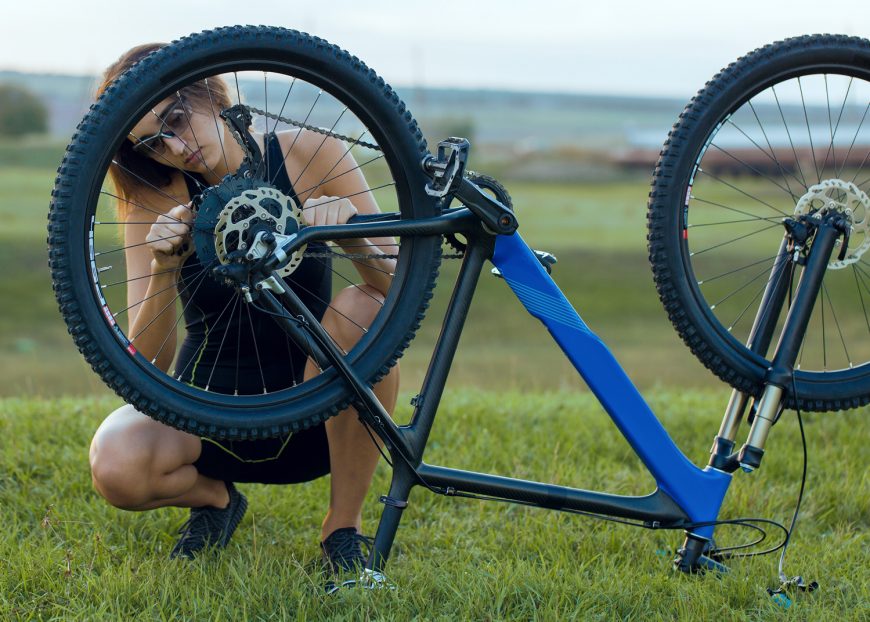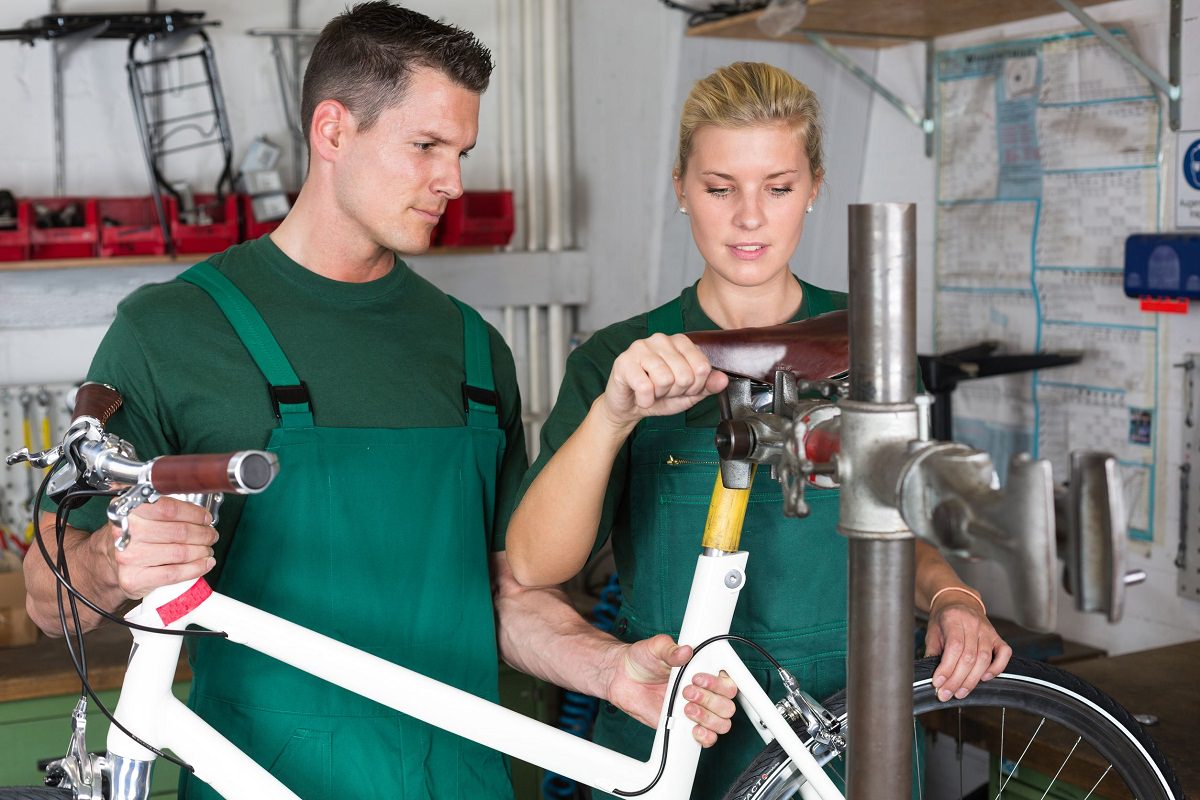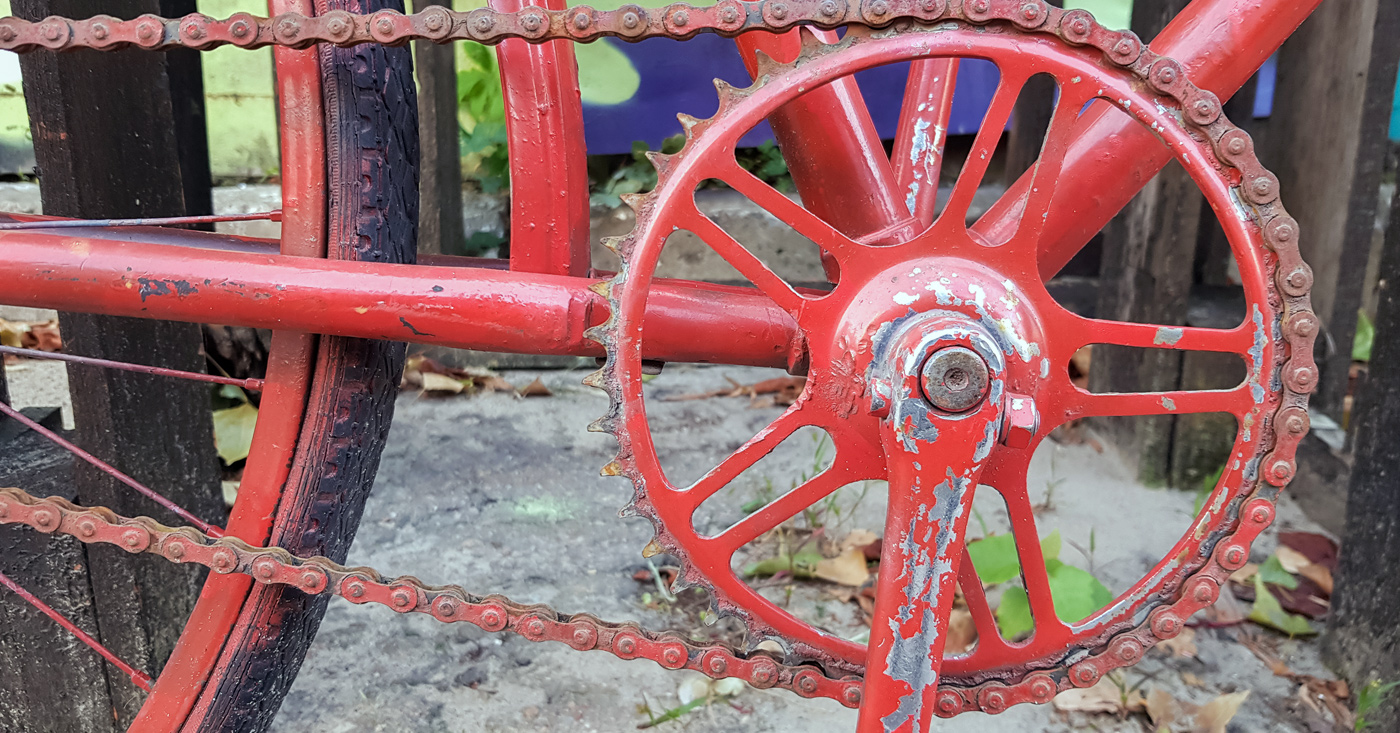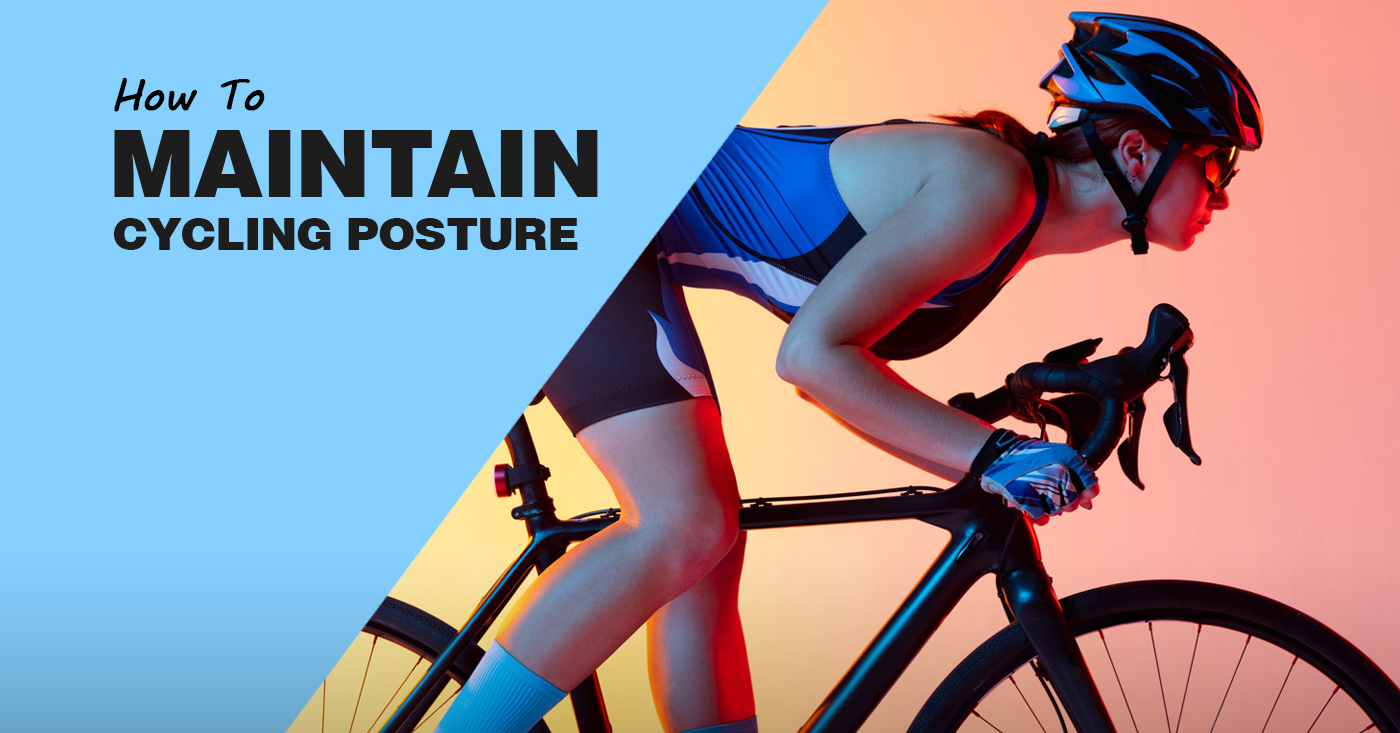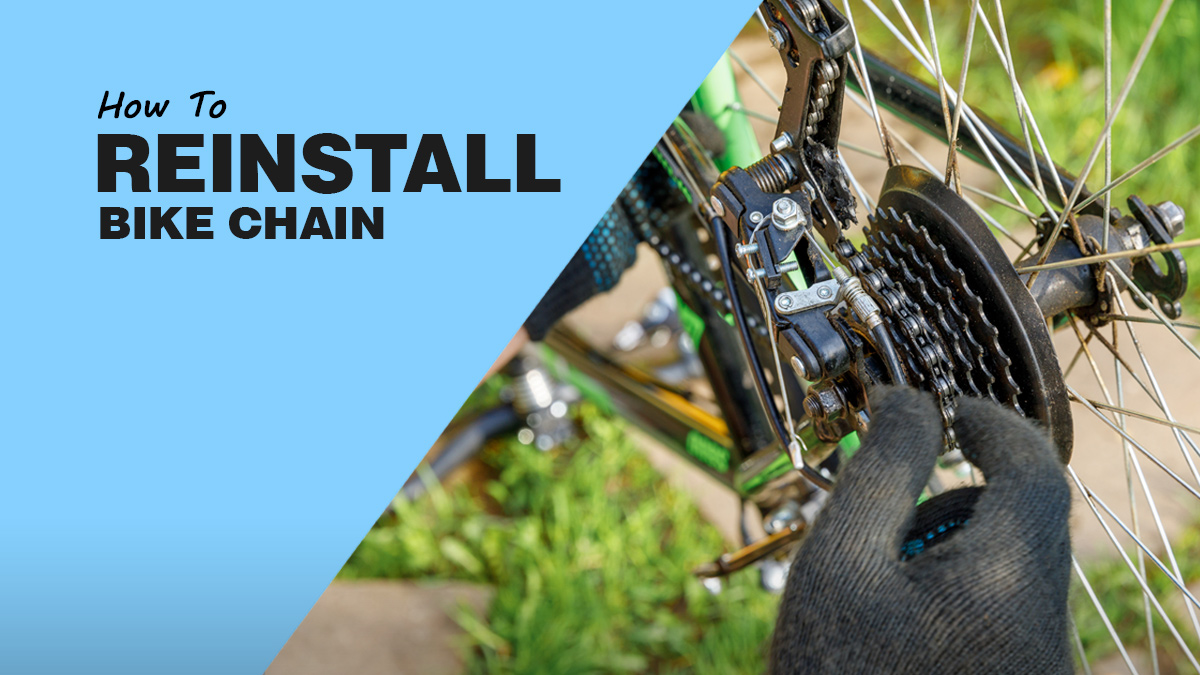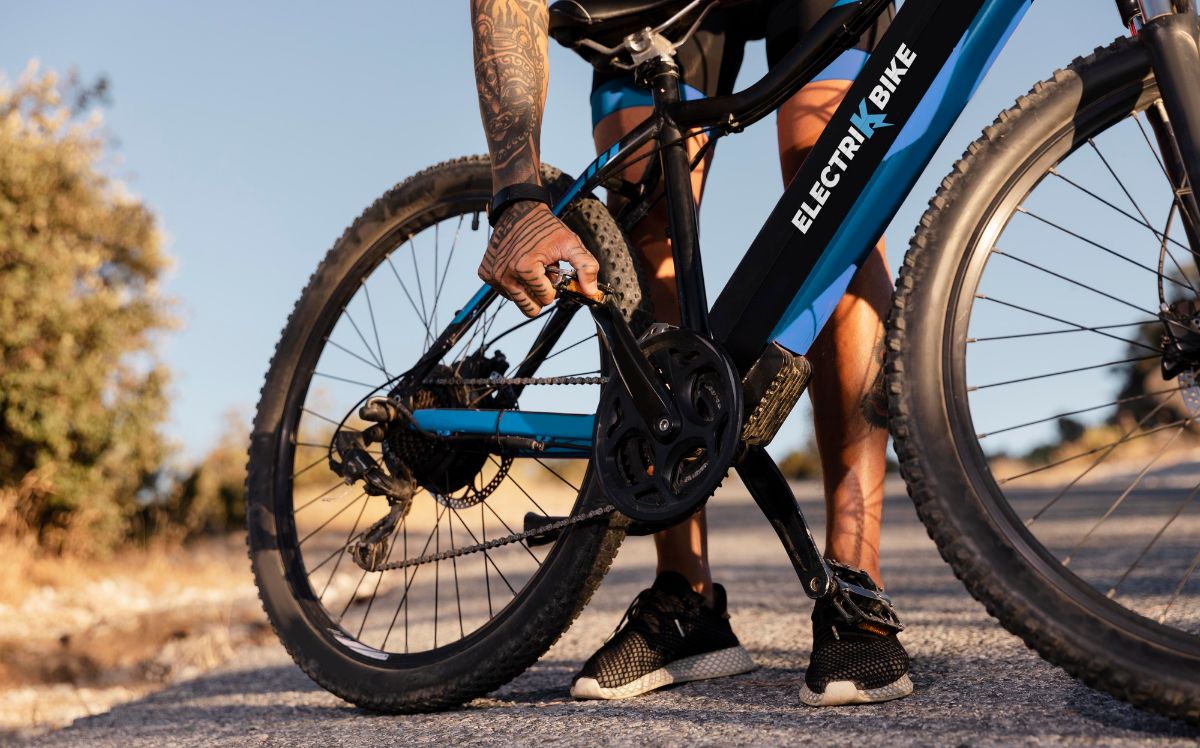You might come across a time when you need to remove your pedals. This may be because you need to transport your bike, service it, or just need an upgrade. This skill even comes in handy when you are building a bike.
So you see, it is an important skill to learn if you are really into cycling. So let me show you how you can easily remove your bicycle pedals!
How To The Pedals From Your Bike
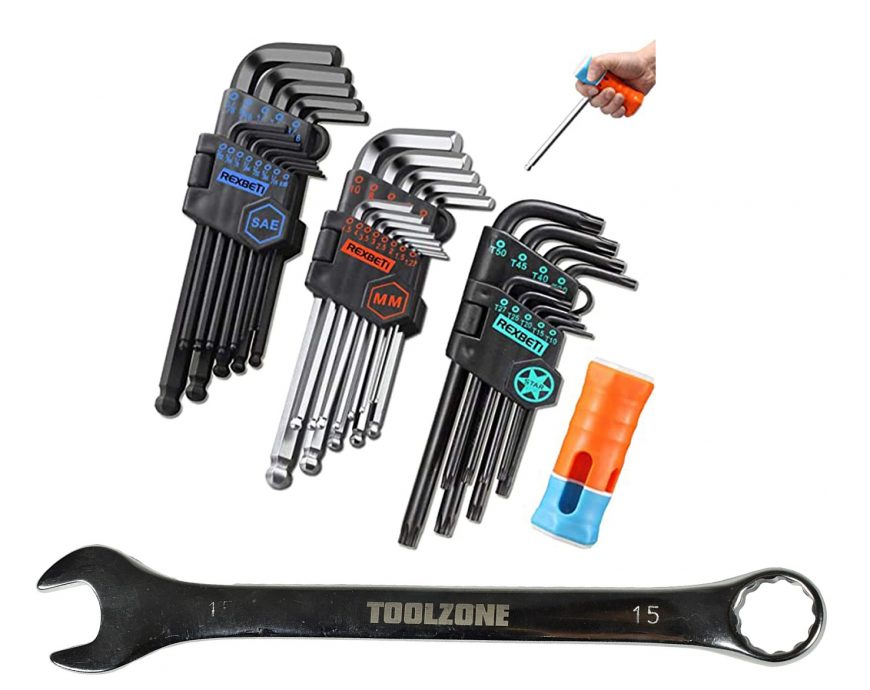
To successfully remove the bike pedals, you will need to have the following tools:
- 15mm Spanner
- 8mm Allen Hex Key
How To Remove The Right Pedal
Rotate The Cranks
Rotate the cranks properly. The right-hand crank should directly point towards the front wheel. If your pedals have wrench flats then you would have to use the spanner. The wheels should be pointing at the rear. (3 o’Clock Position)
In the case of a hex key, you need to put the short end of the key into the pedal’s back. The long end of the key should point toward the rear of the bike.
Press Hard To Loosen The Pedal
When both the tools are fitted into the pedal, you need to press hard while holding the opposite crank. This will loosen the pedal, and from there you can unscrew the pedal. If it is getting difficult, use another tool to help you loosen the pedal, a pipe for example.
Tip: Before pushing in hard, make sure that the tool is fully fitted into the bike. If not then upon applying pressure it could just come off and hurt you in the process. I suggest that you put some kind of cloth or rug under the pedals to make sure that there is no damage.
How To Remove The Left Pedal
With the left pedals, you have to do the same. The left-hand crank should directly point towards the front wheel. (9 o’Clock Position). You can use both the spanner and hex key here, just make sure that they are fitted properly.
Press Hard While Holding The Opposite Crank
When both the tools are fitted into the pedal, you need to press hard while holding the opposite crank, this will loosen the pedal, and from there you can unscrew the pedal.
Before pushing in hard, you need to make sure that the tool is fully fitted into the bike. The methodology of removing both the pedals is the same, with a few alterations.
Pedal Removing Techniques
The majority of the pedals that you will come across can be removed using the spanner or the hex key. In some situations, only the 15mm spanner will be useful. For example, if the pedals have parallel faces on the spindle between the pedal’s body and crank.
Some people might go for the more expensive versions of pedals, such as the ones from Shimano. They have a larger locking nut as compared to other pedals. You may also notice that old pedals like from 5-10 years ago would have 9/16in pedal flats. They can also be easily removed using a 15mm spanner.
You will need an 8mm hex key if our bike’s pedals have a hexagonal socket on the spindle. In very rare cases you will need a 6mm hex key instead of the 8mm one. I would suggest that you get yourself a T-shaped hex key. The long parts of the hex key allow you to avoid the chainrings.
Check out here the best quality Allen Hex Key and Best Spanner.
How to Differentiate Between The Different Pedals?
For people that don’t know left and right pedals are different from each other as they have varying threads. You must know about them before you start to fit them on your bike.
Let us tell you the difference in the simplest way:
- The right-hand side also called the drive side has gears attached to it
- The left-hand side also called the non-drive-side has no gears attached to it
| Pedal Type | Thread Direction | Tightening Action | Loosening Action |
|---|---|---|---|
| Right Pedal | Standard | Clockwise | Anti-clockwise |
| Left Pedal | Reversed | Anti-clockwise | Clockwise |
Note: The left pedal will always be on the non-drive side.
How Do You Tell The Different Pedals Apart?
Pedals are always going to be marked in some kind of way. You can see these markings at the end of their spindles. The indications will most probably be L or R. If by some chance they are not on the spindle then they will be at the body of the pedal or the wrench flats!
If you still can’t find the indications then there is another trick to it. Right pedals are always going to have standard threads, and their angles will be to the right side. The left pedals are going to be reversely threaded, and their angles will be to the left side.
Read More Bike Maintenance Tips:
- How To True A Bike Wheel
- How To Tighten A Bike Chain
- How To Tune Up A Bike
- How to Remove Rust From Bike
- How To Clean Bike Chain
- How To Tighten Bike Brakes
- How To Use And Shift Bike Gears
FAQs
How Do You Unscrew Bike Pedals?
You can unscrew the bike pedals using a spanner or a hex key.
Are Bicycle Pedals Reverse Threaded?
Only the left pedals of the bike are reversely threaded.
Are Bike Pedals Removable?
If you have the right tools with you then yes, bike pedals are removable.
Recap
No matter if you are trying to get new pedals for your bike or if you want to try out clipless pedals, it’s helpful to know how to remove your bike’s pedals. Having this skill will make you prepared. It will come in handy for replacements and emergencies. Just make sure that you have the necessary tools required to remove the pedals. Happy Cycling!
Should you have any questions or require further clarification on the topic, please feel free to connect with our expert author Luke Ameen by leaving a comment below. We value your engagement and are here to assist you.

